THE PBY CATALINA HISTORY
Recognizing the PBY Catalina Heritage Worldwide
Canadian Catalina History
A brief Canadian type history by Rickard, J
Canada developed a very sizable aircraft industry during the Second World War, and one of the aircraft it produced in large numbers was the Consolidated Catalina. Between then Boeing of Canada and Canadian Vickers produced 721 Catalina’s, many of which served in Canada as the Canso, with the RAF as the Catalina IVB or with the USAAF as the OA-10. Read More
 History Website Consolidated Production for Canada The first aircraft produced by Canadair was the PBY-5A Canso, an amphibious version of the Catalina flying boat designed and manufactured by Consolidated Vultee of San Diego, U.S.A. Although Canadair only became involved in the latter stages of PBY production, the details of how the program came about makes for an interesting story for it involves the two men most responsible for the founding of Canadair; Canadian Vickers’ general manager, T. Rodgie McLagan, and assistant general manager in charge of aircraft production, Benjamin W. Franklin. (22) Read More
History Website Consolidated Production for Canada The first aircraft produced by Canadair was the PBY-5A Canso, an amphibious version of the Catalina flying boat designed and manufactured by Consolidated Vultee of San Diego, U.S.A. Although Canadair only became involved in the latter stages of PBY production, the details of how the program came about makes for an interesting story for it involves the two men most responsible for the founding of Canadair; Canadian Vickers’ general manager, T. Rodgie McLagan, and assistant general manager in charge of aircraft production, Benjamin W. Franklin. (22) Read More
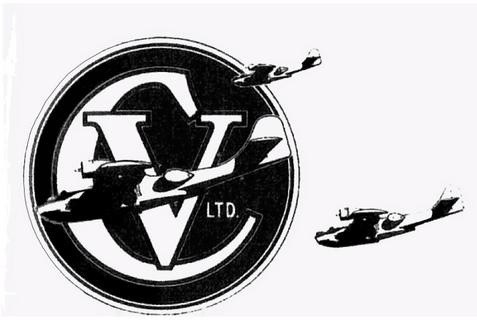 Canadian Vickers Cartierville Quebec For more than 50 years Canadair has been one of the most celebrated names in Canadian aviation. Formed in October 1944, the company’s origins can be traced back to 1911 when, at the invitation of the Government of Canada, British ship builder, Vickers Sons & Maxim, and built a shipyard in Montreal to manufacture vessels for the Royal Canadian Navy. Canadian Vickers ventured into aircraft manufacturing in 1923 when it on a contract to supply Vickers Viking flying boats to the recently formed Canadian Air Force. Between 1923 and 1944, Canadian Vickers produced over 400 aircraft, some of which were original Vickers’ designs while the remainder were other manufacturers’ designs built under license.
Canadian Vickers Cartierville Quebec For more than 50 years Canadair has been one of the most celebrated names in Canadian aviation. Formed in October 1944, the company’s origins can be traced back to 1911 when, at the invitation of the Government of Canada, British ship builder, Vickers Sons & Maxim, and built a shipyard in Montreal to manufacture vessels for the Royal Canadian Navy. Canadian Vickers ventured into aircraft manufacturing in 1923 when it on a contract to supply Vickers Viking flying boats to the recently formed Canadian Air Force. Between 1923 and 1944, Canadian Vickers produced over 400 aircraft, some of which were original Vickers’ designs while the remainder were other manufacturers’ designs built under license.
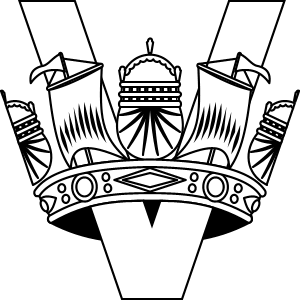 In July 1941, the Canadian government awarded Canadian Vickers a contract to produce PBY-5A Canso amphibians (a version of the Consolidated PBY-5 Catalina flying boat) for the Royal Canadian Air Force (RCAF). To speed Canso production, the government also authorized construction of a new manufacturing facility at Cartierville Airport in Ville Saint Laurent, on the north-western outskirts of Montreal, and appointed Canadian Vickers to supervise the plant’s construction and manage its operation on the government’s behalf.(25) Read More
In July 1941, the Canadian government awarded Canadian Vickers a contract to produce PBY-5A Canso amphibians (a version of the Consolidated PBY-5 Catalina flying boat) for the Royal Canadian Air Force (RCAF). To speed Canso production, the government also authorized construction of a new manufacturing facility at Cartierville Airport in Ville Saint Laurent, on the north-western outskirts of Montreal, and appointed Canadian Vickers to supervise the plant’s construction and manage its operation on the government’s behalf.(25) Read More
Vancouver Sea Island Boeing plant B.C. Canada In 1939 Boeing of Canada, headquartered at Vancouver, B.C., built a huge manufacturing factory on Sea Island beside the middle arm of the Fraser River to build aircraft for the war effort. The Boeing Aircraft Company’s Sea Island, BC plant was well known during WW ll for building PBY Catalina Aircraft for off-shore air patrols and the mid section of the B-29. Boeing Aircraft of Canada built 362 PBY flying boats and amphibians designed by Consolidated Aircraft of San Diego and 16 British-designed Blackburn Shark torpedo aircraft for the Royal Canadian Air Force. The RCAF called the PBY’s Canso’s. According to the book, Richmond Child of the Fraser, page 160; in 1939 the Sea Island Aircraft plant was the only plant in Canada to build the Catalina PBY Flying Boat. There was also an amphibious equivalent, the PBY-5A. Read More
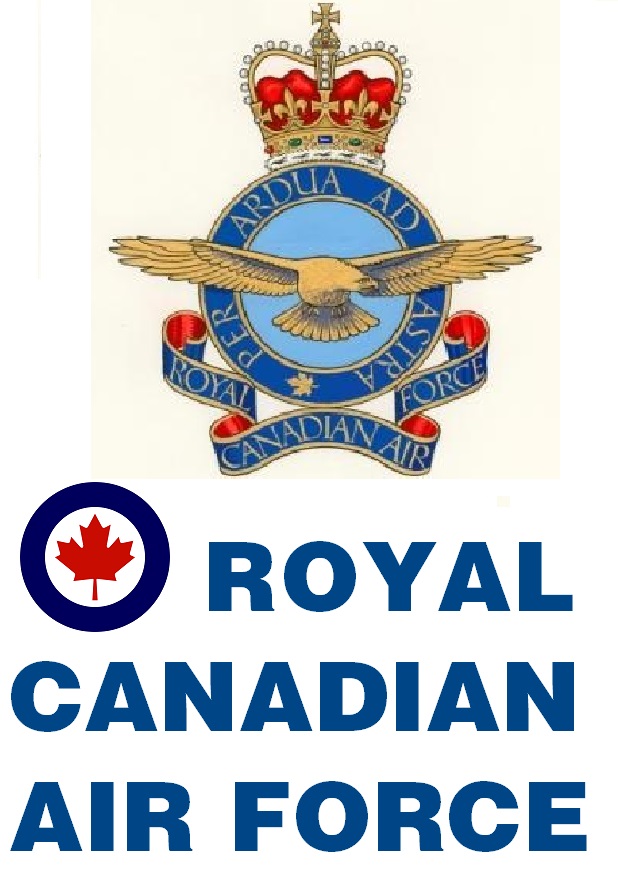 Canadian RCAF Catalina and Canso History After the RAF, the RCAF was the next biggest user of the PBYS, operating thirteen squadrons; five on the Canadian west coast, six on the east coast and two overseas. In the RCAF, the Catalinas first went into service in Eastern Air Command with No. 116 Squadron at Dartmouth on 28 June 1941. These first aircraft were ten Catalina Mk. Is diverted from an RAF contract to fulfil a request from the AOC, A/C A. E. Godfrey, to obtain long range aircraft to equip the anti-submarine squadrons. The Digbys, Bolingbrokes, Hudsons and Stranraers had insufficient range to cope with the marauding U-boats, and the PBY was the first really long-range aircraft to be used by the EAC. Overseas, the first Catalina squadron was No. 413, formed 1 July 1941 and later moved to Ceylon. Later Catalinas ordered by the RCAF and built to RCAF specifications were called Canso’s. Read More
Canadian RCAF Catalina and Canso History After the RAF, the RCAF was the next biggest user of the PBYS, operating thirteen squadrons; five on the Canadian west coast, six on the east coast and two overseas. In the RCAF, the Catalinas first went into service in Eastern Air Command with No. 116 Squadron at Dartmouth on 28 June 1941. These first aircraft were ten Catalina Mk. Is diverted from an RAF contract to fulfil a request from the AOC, A/C A. E. Godfrey, to obtain long range aircraft to equip the anti-submarine squadrons. The Digbys, Bolingbrokes, Hudsons and Stranraers had insufficient range to cope with the marauding U-boats, and the PBY was the first really long-range aircraft to be used by the EAC. Overseas, the first Catalina squadron was No. 413, formed 1 July 1941 and later moved to Ceylon. Later Catalinas ordered by the RCAF and built to RCAF specifications were called Canso’s. Read More
 British RAF Catalina History A brief British type history by Rickard, J Like many American military aircraft of the period the Consolidated Catalina actually gained its first combat experience in British hands. The Air Ministry purchased a single example of the PBY-4 (as the commercial Model 28-5) in 1939, and in July 1939 the aircraft flew across the Atlantic to the Marine Aircraft Experimental Establishment at Felixstowe, Suffolk to undergo tests. Even though these tests were cut short by the outbreak of the Second World War, the RAF still decided to place an order for the Catalina. The first of around 700 Catalinas to enter RAF service arrived early in 1941, and entered service with Nos.209 and 240 Squadrons of Coastal Command. Sources differ on who was responsible for the use of the name Catalina, with both the RAF and Consolidated being given the credit. Catalina Island is off the coast of California, close to Los Angeles, and not too distant from Consolidated at San Diego. The RAF did prefer to give American aircraft names that reflected their country of origin, while Consolidated also named their aircraft. In either case the RAF knew the aircraft as the Catalina from 1939, while the US Navy did not adopt the name until 1 October 1941, when the vast majority of existing types of service aircraft were given names. (22) (24) Read More
British RAF Catalina History A brief British type history by Rickard, J Like many American military aircraft of the period the Consolidated Catalina actually gained its first combat experience in British hands. The Air Ministry purchased a single example of the PBY-4 (as the commercial Model 28-5) in 1939, and in July 1939 the aircraft flew across the Atlantic to the Marine Aircraft Experimental Establishment at Felixstowe, Suffolk to undergo tests. Even though these tests were cut short by the outbreak of the Second World War, the RAF still decided to place an order for the Catalina. The first of around 700 Catalinas to enter RAF service arrived early in 1941, and entered service with Nos.209 and 240 Squadrons of Coastal Command. Sources differ on who was responsible for the use of the name Catalina, with both the RAF and Consolidated being given the credit. Catalina Island is off the coast of California, close to Los Angeles, and not too distant from Consolidated at San Diego. The RAF did prefer to give American aircraft names that reflected their country of origin, while Consolidated also named their aircraft. In either case the RAF knew the aircraft as the Catalina from 1939, while the US Navy did not adopt the name until 1 October 1941, when the vast majority of existing types of service aircraft were given names. (22) (24) Read More
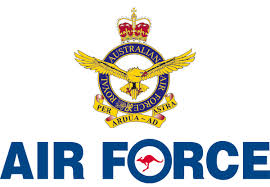 Australian Catalina History A brief Australian type history At the commencement of WW2, Australia also found itself in need of more aircraft and varying types, and an order was placed for 18 Catalina (PBY-5) Flying Boats. Due to the neutrality of the United States, these aircraft were flown out from the US to Australia by civilian crews manned by Qantas pilots. Qantas was to go on and forge a long relationship with the Catalina, operating 5 Catalina’s from England to Australia during wartime for VIP passenger and mail services, and post war operating 7 Catalina’s in PNG and on services to the Pacific Islands, it is one of the iconic aircraft of Qantas’ history.(23) Read More
Australian Catalina History A brief Australian type history At the commencement of WW2, Australia also found itself in need of more aircraft and varying types, and an order was placed for 18 Catalina (PBY-5) Flying Boats. Due to the neutrality of the United States, these aircraft were flown out from the US to Australia by civilian crews manned by Qantas pilots. Qantas was to go on and forge a long relationship with the Catalina, operating 5 Catalina’s from England to Australia during wartime for VIP passenger and mail services, and post war operating 7 Catalina’s in PNG and on services to the Pacific Islands, it is one of the iconic aircraft of Qantas’ history.(23) Read More
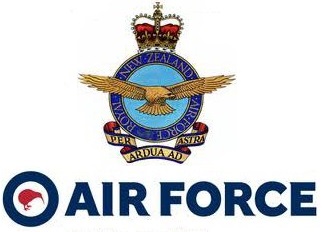 New Zealand Catalina History A brief New Zealand type history Under Lend-Lease provisions, in April 1943 the first of 22 PBY-5 flying boats were ferried by American crews from San Diego to Lauthala Bay in Fiji, where 6 (Flying Boat) Squadron (codes XX-x) commanded by Wing Commander G.C.Stead, with Squadron leaders R.B.L McGregor and A.V.Jury as Flight commanders, was officially formed in May 1943, along with 3 (Flying Boat) Operational training unit (codes GF-x).(24)Read More
New Zealand Catalina History A brief New Zealand type history Under Lend-Lease provisions, in April 1943 the first of 22 PBY-5 flying boats were ferried by American crews from San Diego to Lauthala Bay in Fiji, where 6 (Flying Boat) Squadron (codes XX-x) commanded by Wing Commander G.C.Stead, with Squadron leaders R.B.L McGregor and A.V.Jury as Flight commanders, was officially formed in May 1943, along with 3 (Flying Boat) Operational training unit (codes GF-x).(24)Read More
